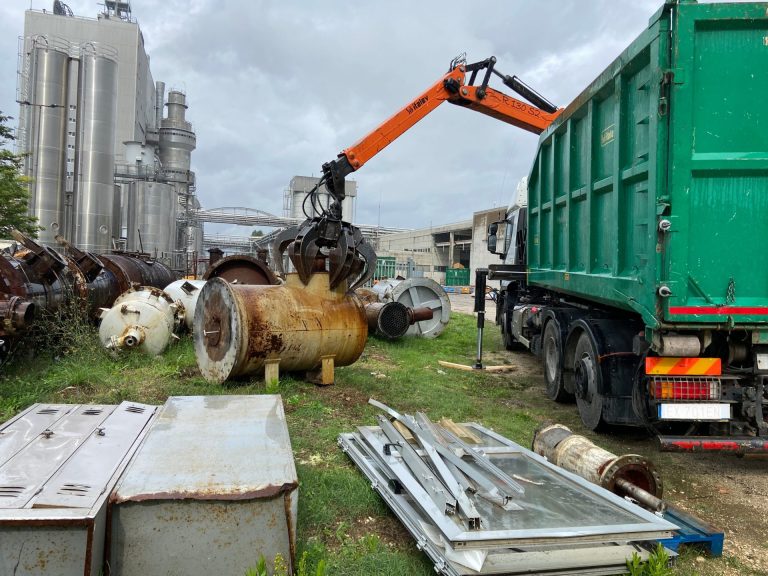

The term “contaminated site” refers to all areas in which, as a result of previous or ongoing human activities, has been found an alteration in the qualitative characteristics of soil environmental matrices, subsoil and groundwater such as to pose a risk to human health.
The Italian legislation on the remediation of contaminated sites, introduced by D.M. 471/99, has been profoundly modified by D.Lgs. 152/06 and subsequent modifications and additions “Environmental standards” which, in Part Four, Title V “Remediation of contaminated sites”, governs the remediation and environmental restoration of contaminated sites and it defines the:
“procedures, criteria and manners for carrying out the operations necessary for the elimination of sources of pollution and in any case for the reduction of concentrations of pollutants, in accordance with Community principles and rules, with particular reference to the “polluter pays” principle”.
Accidental o voluntary abandoning of waste material can provoke irreparable damage to the ecosystem, so it is necessary to intervene with rapidness and professionalism. Logistica Ambientale, in order to intervene promptly, has created an organizational structure complementary to the main activities, which dedicates vehicles, technologies and human resources for any type of remediation and environmental restoration.
The choice of the type of intervention is made both according to the level of contamination and depending on the potential use of the area after the remediation works. The interventions listed below can take place on site without the need for soil movement, or on site by removing the soil affected by contamination, treating it directly on the site. In addition, remediation can take place by removing the soil for treatment in another area.
How Logistica Ambientale works for the management of a polluted site:
The characterization phase of potentially contaminated sites requires a careful environmental analysis. The preliminary collection of data takes place through sampling and chemical analysis on soil and groundwater or surface water “in situ”, and then the research of contamination parameters in the laboratory is carried out. Based on the results obtained, a detailed processing phase of the process to be followed to carry out the remediation begins. The sampling of contaminated soil must follow very precise criteria from a quantitative, zonal and stratigraphic point of view; the results of the analysis must be made available not only to the private sector, but also to the competent Authorities of the territory.
In case of contamination events, and therefore the CSC (Contamination Threshold Concentrations) values are exceeded even for a single parameter, it is necessary to contain the diffusion of the primary sources of contamination and prevent contact with other matrices, going to remove them partially or totally. The timeliness of the intervention is essential to reduce contamination, as well as to reduce the costs of remediation. In this case, the person responsible for the pollution must immediately inform the Municipality and the Provinces responsible for the territory with the description of the emergency prevention and safety measures adopted and, in the following 30 days, shall submit the characterisation plan to those administrations and to the territorially competent Region.
Remediation of productive areas in operation: containment of pollutants, protection of environmental matrices not affected, elimination of contaminant sources. All this, without interrupting the productive activities installed in the area.
Measures to stop sources of pollution and prevent them coming into contact with population: waste removal, emptying and reclamation of tanks, drainage of groundwater and surface water, active and passive containment and containment, monitoring of pollution control parameters in place.
Carrying out remediation of the site in order to isolate or permanently remove pollutants or reduce concentrations to a level below the risk threshold values (CSR – Risk Threshold Concentration). This ensures a high and definitive level of safety for people and the environment.